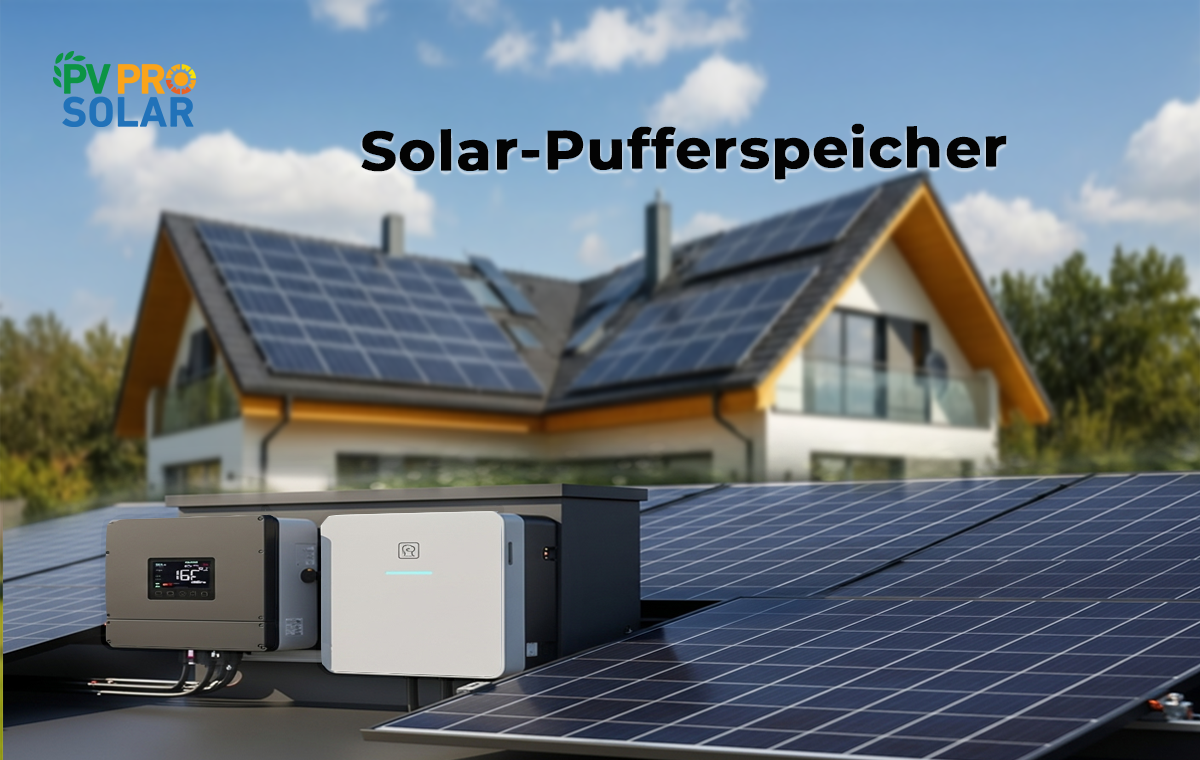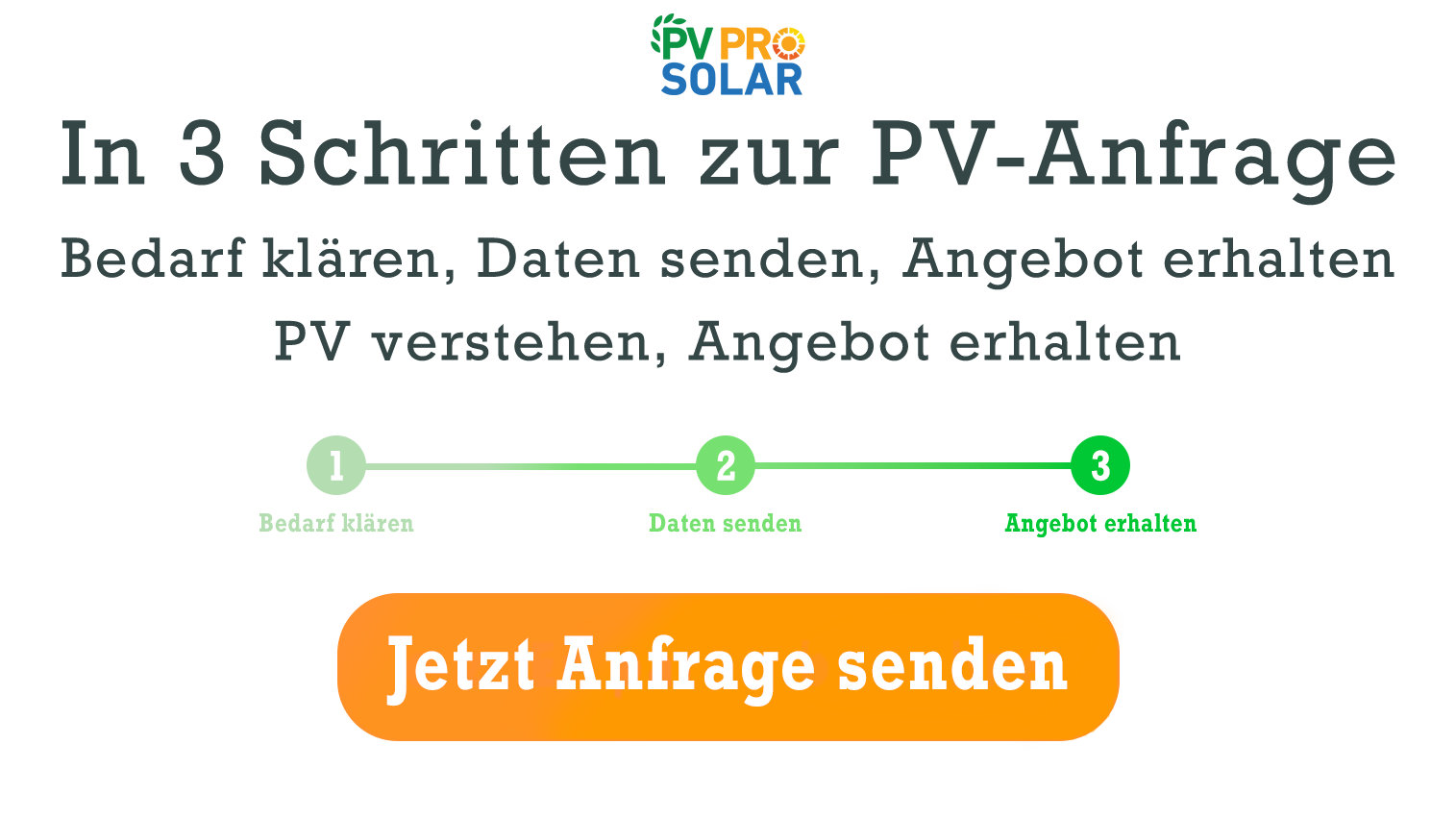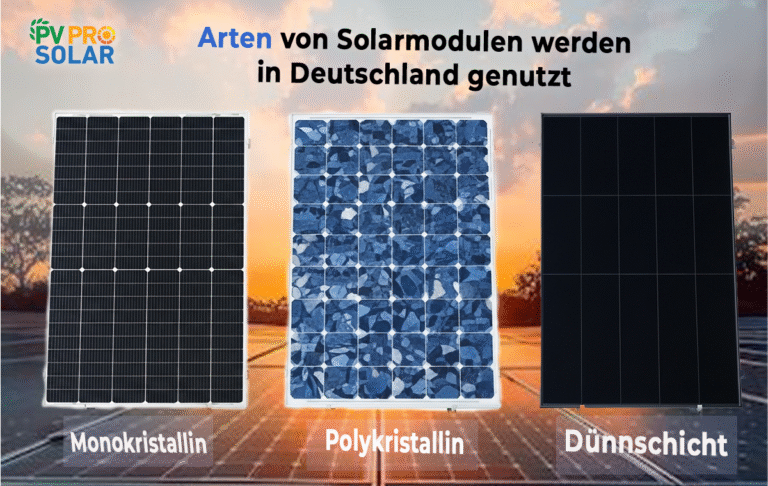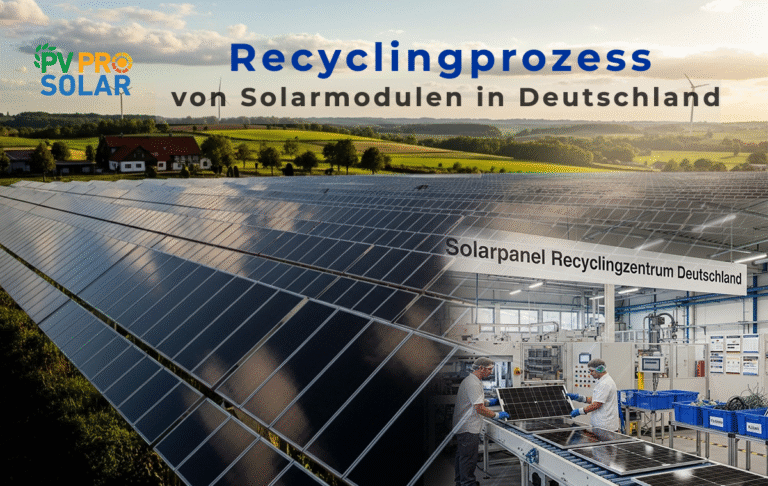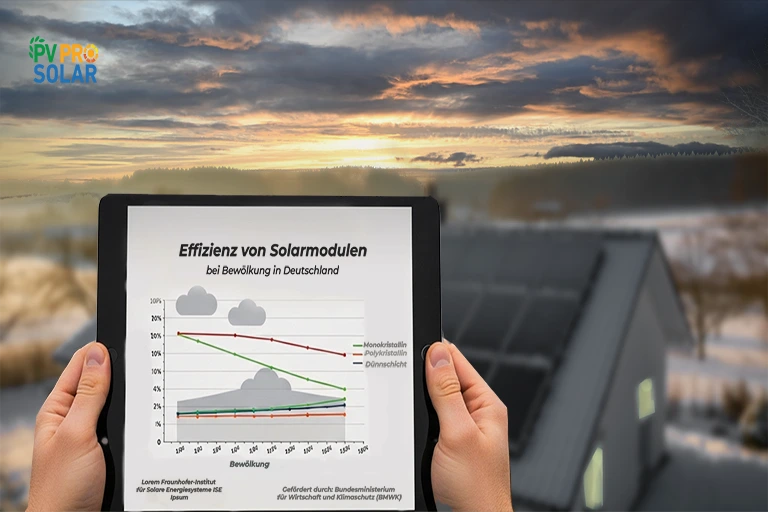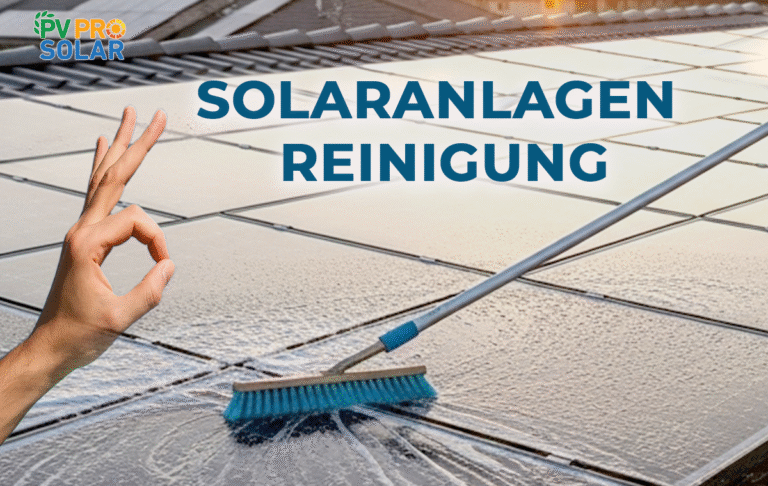Solar Buffer Storage – Efficient Heat Storage for Modern Solar Systems
A solar buffer storage unit is the heart of any solar thermal system. It ensures that the thermal energy captured from the sun isn’t lost but is instead stored optimally and used as needed. Whether for heating, hot water, or industrial processes, a well-chosen solar buffer storage unit boosts efficiency, reduces energy costs, and significantly contributes to sustainability.
What is Solar Buffer Storage and How Does It Work?
A solar buffer storage unit functions as a thermal energy reservoir that absorbs the heat generated by the solar system and releases it when required. The basic principle is simple: solar collectors heat a heat transfer fluid, which then transfers the energy to the storage water via a heat exchanger.
This stored energy can later be used for solar-heated domestic water or space heating – even when the sun isn’t shining. The right storage tank plays a critical role in the overall efficiency of the system. Only when volume, insulation, and heat exchangers are properly matched can the full solar yield be utilized.
Comparing the Main Types of Solar Buffer Storage Units
Not all solar buffer storage units are the same. There are several types that differ in design, application, and cost. Below is an overview of the most commonly used types of solar buffer storage:
1. Combination Storage Tanks
A combination tank integrates both heating and domestic hot water functions in a single unit. Through built-in heat exchangers or a dedicated thermal charging module, it can simultaneously supply solar-heated water and support the heating system.
Advantage: Space-saving and efficient for single-family homes.
Disadvantage: Stratification can be compromised with high hot water demand.
2. Stratified Storage Tanks
This type stores water in temperature layers. Hot water rises to the top, while cooler water stays below. The thermal charging module ensures that stratification is maintained and heat is supplied precisely where needed.
Advantage: Maximum efficiency through targeted heat distribution.
Disadvantage: Slightly more expensive than standard buffer tanks.
3. Hygiene Storage Tanks
Hygiene tanks feature a fresh water heat exchanger that allows for hygienic domestic water heating without stagnation or the risk of legionella.
Advantage: High water hygiene, ideal for families or multi-family homes.
Disadvantage: Higher initial cost, but ensures long-term hygienic operation.
4. Heating-Only Buffer Tanks
These tanks are solely for heating support. They are simpler in design and usually more affordable, but they do not store domestic hot water.
Advantage: Ideal for large heating systems with extensive collector arrays.
Disadvantage: No domestic hot water function; typically used as a supplement.
Key Criteria for Choosing the Right Solar Buffer Storage
Selecting the appropriate solar buffer storage depends on several factors. Professional consultation is highly recommended to find the most suitable model. The most important criteria include:
- Storage Volume: Depends on the collector area and energy demand. As a general rule: 50–80 liters of storage per square meter of collector area.
- Insulation: High-quality insulation minimizes heat loss. Vacuum or rigid foam insulation is recommended.
- Material: Stainless steel is durable and corrosion-resistant. Enamelled tanks are more affordable but require regular maintenance of the sacrificial anode.
- Heat Transfer Efficiency: A well-sized heat exchanger or modern thermal charging module ensures efficient energy transfer.
- System Integration: The tank should be compatible with solar collectors, heat pumps, or boilers – particularly in complete solar systems.
State-of-the-Art Solar Buffer Storage Technology
Technological advancements in solar thermal storage have significantly improved in recent years. Modern units now feature digital temperature sensors, intelligent control systems, and adaptive stratification modules. This allows for real-time optimization of energy flow, especially under fluctuating weather conditions.
Leading manufacturers such as Solplanet, Viessmann, and Buderus offer modular systems that integrate seamlessly with existing heating infrastructures. These systems are built from durable materials and include intuitive controls, often providing excellent energy efficiency in combination with photovoltaic systems.
Solar Buffer Storage Types at a Glance
| Type | Application | Advantage | Disadvantage |
| Combination Tank | Heating + Domestic Hot Water | Space-saving, multifunctional | Stratification may be affected |
| Stratified Tank | Heating systems with solar thermal | Maximum efficiency | Higher cost |
| Hygiene Tank | Families, multi-unit buildings | High hygiene, no legionella risk | Expensive |
| Heating Buffer | Large systems, heating support only | Affordable and robust | No domestic hot water |
Why Investing in Solar Buffer Storage Pays Off?
A solar buffer storage unit is more than just a tank – it’s an efficiency enhancer. By storing solar heat effectively, the reliance on fossil fuels is significantly reduced. Households and businesses can cover up to 60% of their annual heating needs with solar energy.
The investment often pays off within just a few years – especially as energy prices continue to rise. Those who integrate a heat pump or photovoltaic system benefit even more: electricity and heat are both generated renewably, stored, and used intelligently.
Installation and Maintenance – What to Consider?
Proper installation is crucial for optimal system performance. The solar buffer storage unit should be equipped with the correct fittings, air vents, and safety valves. Placement also matters: short pipe runs between collectors, storage, and end-users help minimize energy losses.
Maintenance involves checking insulation, pressure compensation, and sensors regularly. While modern solar buffer storage units are generally low-maintenance, an annual inspection by a professional is recommended.
Solar Buffer Storage Buying Guide: Making the Right Choice
A reliable solar buffer storage consultation should address the following:
- Energy Demand Analysis – What are the domestic hot water and heating requirements?
- Collector Output Assessment – How much collector surface is available?
- System Compatibility – Does the buffer tank fit with the existing boiler, heat pump, or PV system?
- Brand Comparison – Which leading manufacturers offer the best price-performance ratio?
- Future-Proofing – Is the system expandable and digitally controllable?
With professional guidance, you’ll avoid costly mistakes and end up with a system that works efficiently and sustainably for decades.
Efficient Heat Storage as a Key to the Energy Transition
A modern solar buffer storage unit is an essential component of any sustainable heating and hot water solution. It combines technology, efficiency, and environmental awareness in a single system. With a well-designed solar buffer storage unit, you secure your household’s energy needs while making a long-term investment in energy independence and climate protection.
Discover custom storage solutions, expert consultations, and complete systems for both residential and commercial use at PVPro Solar.
Contact the PVPro Solar team today and take the next step toward your efficient solar heat supply!
The optimal size depends on the collector area and hot water demand. Typically, 50–80 liters of storage volume per square meter of solar collector surface is recommended.
A combination tank supplies both heating and hot water, while a hygiene tank uses a fresh water heat exchanger to provide hygienic, legionella-free domestic hot water. How large should a solar buffer storage unit be?
What’s the difference between a combination tank and a hygiene tank?
